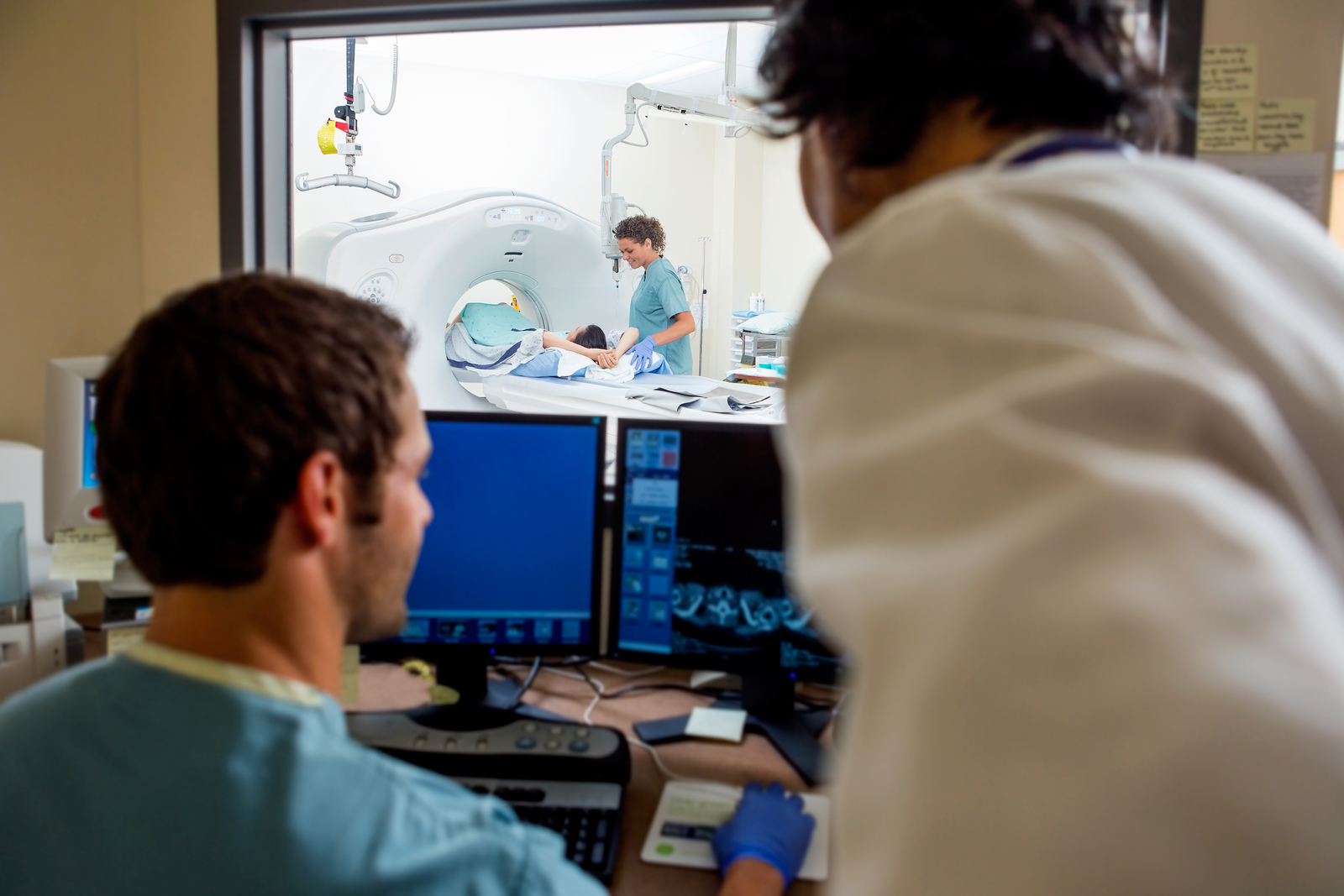CORONARY COMPUTED TOMOGRAPHY ANGIOGRAPHY (CCTA)
WHAT IS CORONARY COMPUTED TOMOGRAPHY ANGIOGRAPHY (CCTA)?
Coronary Computed Tomography Angiography (CCTA) uses advanced Computed Tomography (CT) technology, along with intravenous contrast material, to obtain high-resolution, three-dimensional images of the heart, coronary circulation and large blood vessels.
REASON FOR THE PROCEDURE
This procedure is used to detect sub-clinical heart disease (the formation of lesions and arterial blockage), for the evaluation of chest pain, to assess the pre-surgical condition of coronary arteries and to confirm the effectiveness of bypass grafts.
THE PROCEDURE
Before the procedure, you will be given a beta-blocker to slow your heart rate, which allows for clearer images to be produced. You will also receive a nitroglycerin pill to place under your tongue that will dilate the blood vessels around your heart. You may experience a slight headache or dizziness due to the medication or feel as if your heart is "racing," but these are all normal responses and will subside after the procedure. An IV will be placed in your arm for the contrast dye. Your Esse Health Radiologist will then use CT (a procedure that releases multiple low-dose X-rays) to view your arteries and create images.
POTENTIAL SIDE EFFECTS, RISKS, AND COMPLICATIONS
CCTA is considered a low-risk procedure; however, there is some exposure to radiation during the test and the possibility of having an allergic reaction to the contrast agent.


